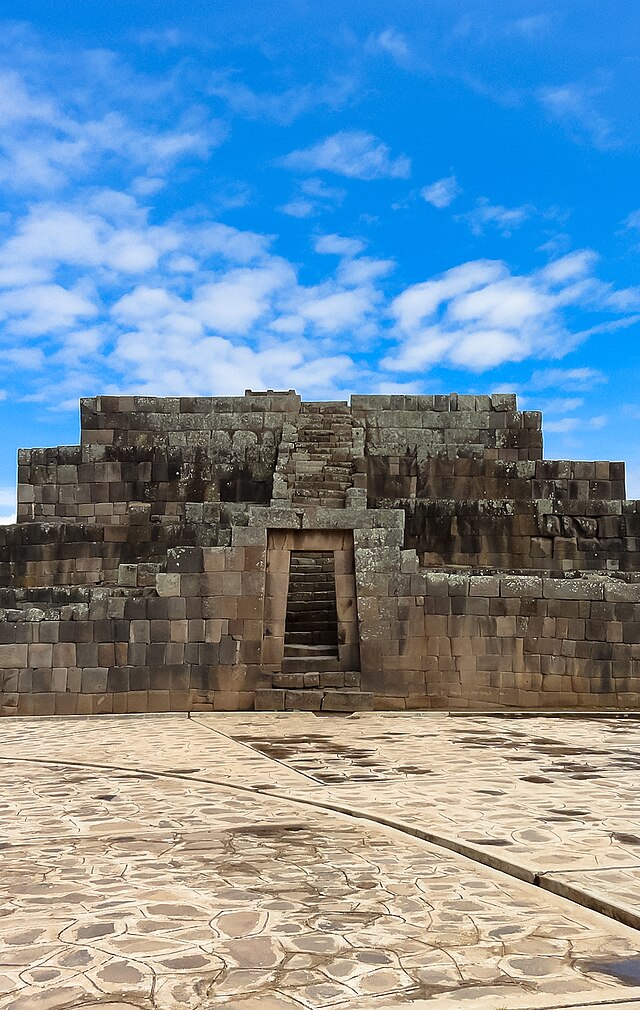Summary
The Historical Significance of Vilcashuamán
Vilcashuamán, nestled in the Andes, stands out as a testament to Inca engineering and culture. This ancient site once served as an administrative center, showcasing the Inca’s strategic urban planning. Each structure had a purpose, from religious ceremonies to astronomic observation. Today, travelers can marvel at the Temple of the Sun and the ushnu, or ceremonial platform. These remain stark reminders of the Inca’s reverence for nature and their deities. The solid stonework and precise alignment with celestial bodies highlight their mastery over the environment. By exploring Vilcashuamán, we gain insight into the Inca civilization’s advanced societal structure and deep-rooted spirituality.
Get your dose of History via Email
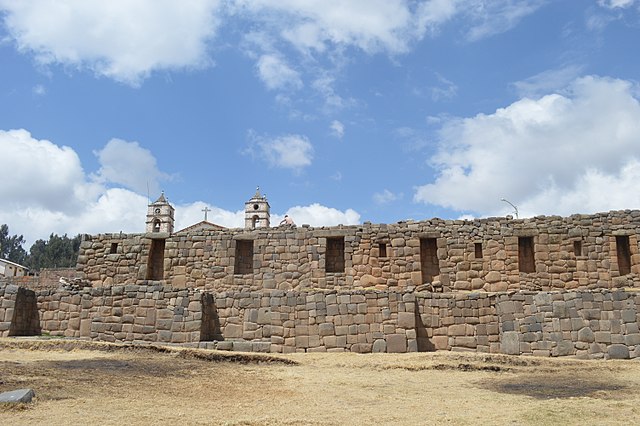
Architectural Marvels of Vilcashuamán
The architectural prowess of the Incas is vividly on display at Vilcashuamán. Here, visitors can wander through the remnants of a once-thriving city. Its most notable features include a stone carved with 28 angles, reflective of the Incan calendar. There’s also an aqueduct system that illustrates the Incas’ understanding of hydraulics. The conservation of Vilcashuamán allows us to appreciate the technical skill and ingenuity that went into its stone constructions. The precision of these buildings illuminates the architectural intelligence that predated modern advancements. They also emphasize the Incas’ ability to create a harmonious balance between their structures and the sacred landscape.
Exploring the Present-Day Culture Around Vilcashuamán
Today, Vilcashuamán is more than just a historical site. It’s a living part of the identity of local communities. The area around Vilcashuamán celebrates its Incan ancestry with festivals and customs that stem from centuries past. As visitors tour the site, they witness not only the ancient ruins but also the enduring culture. The merging of past and present is seen in the marketplaces where traditional crafts and dishes are shared. They tell stories of a people deeply connected to their history. Such vibrant cultural experiences offer an enriching perspective for those wishing to understand the continuing legacy of the Inca Empire and its impact on modern-day Peruvian life.
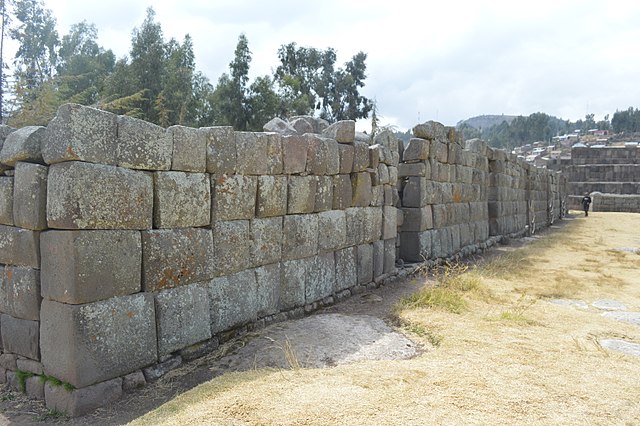
Historical Background of Vilcashuamán
An Inca Capital in the Heart of the Andes
Located in today’s Ayacucho region in Peru, Vilcashuamán emerged as a prominent Inca hub. Founded by Pachacuti, the ninth Inca ruler, it was designed to integrate newly conquered territories into the empire. The name Vilcashuamán, meaning ‘Sacred Falcon’, mirrors the Inca practice of christening sites with revered natural elements. Its central location between Cusco and the coastal areas made it an essential administrative and military center. Moreover, the Inca road system linked it to the broader network, facilitating political control and cultural assimilation.
The Symbolism Embedded in Stone and Earth
Vilcashuamán’s structures resonate with symbolic meanings. The Temple of the Sun and Moon reflects dual religious aspects of the Inca cosmology. Similarly, the ushnu, a massive ceremonial platform, synthesizes the empire’s spiritual and political might. It sits at the town’s heart, representative of the Inca ruler’s divine authority. These features, alongside residential quarters and public spaces, reveal the Incas’ societal hierarchies and religious devotion.
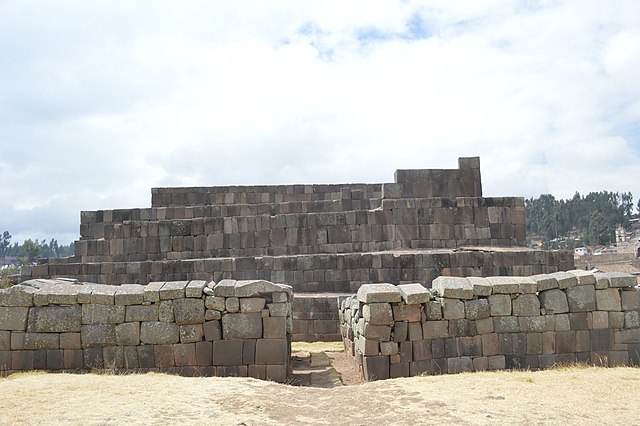
Confluence of Cultures
Indeed, Vilcashuamán stands as an integration point for various cultural expressions. The Incas were skilled at incorporating the traditions of conquered peoples into their own. This approach created a melting pot of customs and beliefs that solidified their rule and left lasting legacies. For instance, local deities found their place alongside Inca gods, exemplifying the empire’s religious tolerance and strategic political adaptation.
As a landmark, Vilcashuamán has gone through phases of neglect and rediscovery. Initial colonial disregard gave way to preservation and archaeological interest. Excavations shed light on daily Inca life and state organization. Now, conservation efforts aim to protect and interpret its stone-built testimonies for posterity. Vilcashuamán’s significance thus evolves with each layer of history unearthed and interpreted.
A visit to Vilcashuamán is a journey through time. Its past speaks of empire building, cultural integration, and the untold stories of its inhabitants. The legacy continues as local communities keep alive traditions that date back to Inca times. Together, the ancient stones of Vilcashuamán and its living culture weave a story that spans centuries, inviting the world to listen and learn.
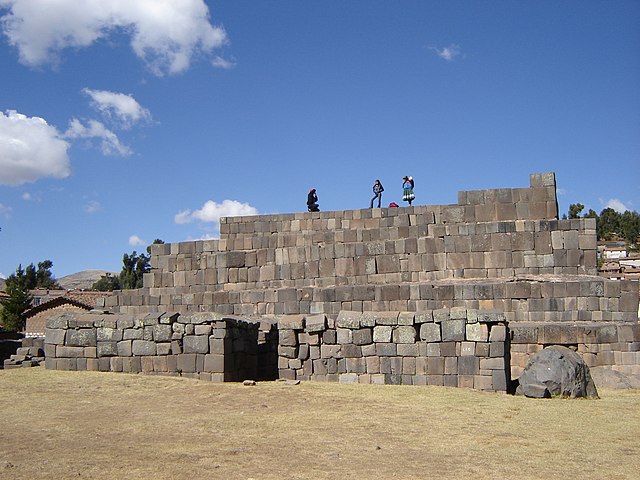
The Discovery of Vilcashuamán
Rediscovering Ancient Splendor
While Vilcashuamán has long existed, it caught global attention in the late 20th century. Historians link its modern discovery to 1911, the same year Hiram Bingham revealed Machu Picchu. Although less renowned, Vilcashuamán’s excavation projects have offered substantial insights into Inca civilization. Archeologists have carefully unearthed its foundations, revealing its past glory to a new generation. Every layer of soil and stone tells a story of Incan life and cosmology, attracting scholars and tourists alike.
The Investigators’ First Glimpse
Initial investigations by archaeologists faced challenges due to Vilcashuamán’s remote location. It sits perched high in the Andean mountains, making access difficult. Despite these barriers, exploration teams meticulously documented its structures. They utilized a variety of methods, from traditional digs to contemporary remote sensing technologies. Their persistence led to the revelation of intricate urban layouts and a complex of religious, administrative, and residential buildings.
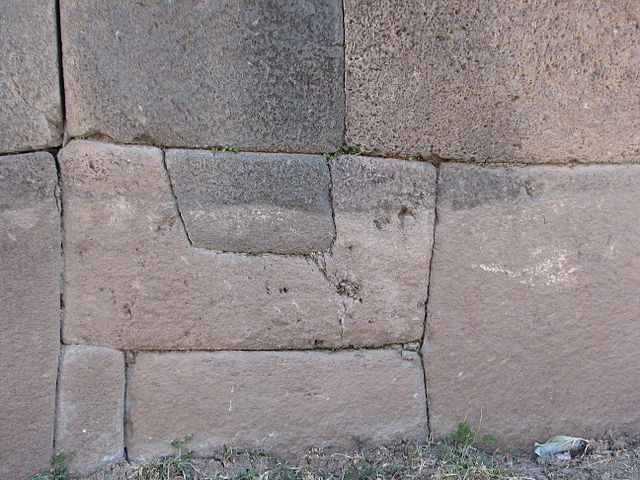
Unveiling the Usnu and Temples
The central ushnu, a ritual platform, particularly fascinated explorers. This feature, unique to significant Inca centers, suggests Vilcashuamán’s paramount importance in the empire. Nearby, the remnants of a dual temple—dedicated to the Sun and the Moon—underscore the site’s ceremonial significance. These finds provided concrete evidence of the Incan efforts to balance governance with spirituality.
More recent discoveries, based on insightful analysis and artifacts, have painted a clearer picture of Vilcashuamán’s history. Excavations unearth everyday items such as pottery, tools, and textiles. They reveal patterns of trade, domestic activities, and culinary practices among the Incas. Researchers continue to piece together the chronicles of Vilcashuamán, providing ever-deeper understanding of this pre-Columbian powerhouse.
Tangible links to the past, like Vilcashuamán, foster a vital connection to our world history. Its enduring structures continue to arise from the earth as symbols of endurance. Furthermore, they inspire contemporary society with lessons from the Inca’s sophisticated skills in architecture, agriculture, and astronomy. The discovery of Vilcashuamán not only revives ancient tales but also celebrates the timeless human spirit of innovation and adaptability.
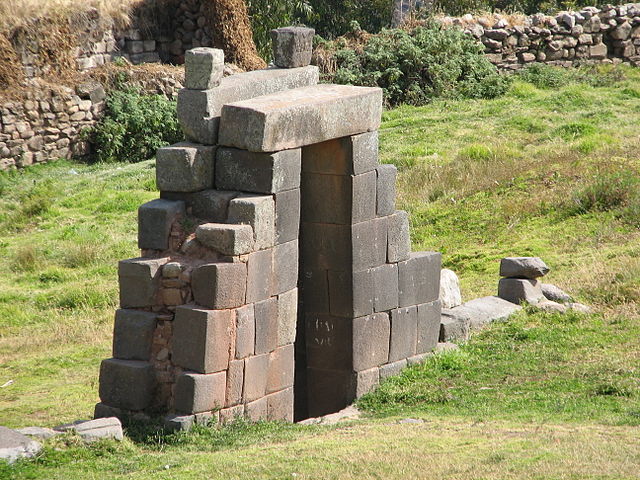
Cultural Significance, Dating methods, Theories and Interpretations
Vilcashuamán’s Role in Inca Society
Vilcashuamán was more than a city; it was a microcosm of Inca culture. The site was an important political center, often visited by nobility and religious leaders. At its core lay the ushnu, symbolizing the Inca ruler’s connection to the divine. Here, ceremonies and festivals brought the community together, reinforcing social cohesion. The layout of the city echoed the Inca’s world view, placing sacred sites in line with celestial bodies. Such practices and beliefs made it a cultural beacon within the Inca Empire.
Decoding the Past: Dating Vilcashuamán
Archaeologists rely on carbon-dating to pinpoint Vilcashuamán’s age. Organic material found in association with the city’s construction provides clues to its timeline. These methods suggest Vilcashuamán thrived during the 15th century, at the height of the Inca Empire. Yet, some experts propose even earlier origins, likely as a settlement of significance before Inca dominance. By dating various layers and artifacts, researchers strive to understand the site’s evolution over centuries.
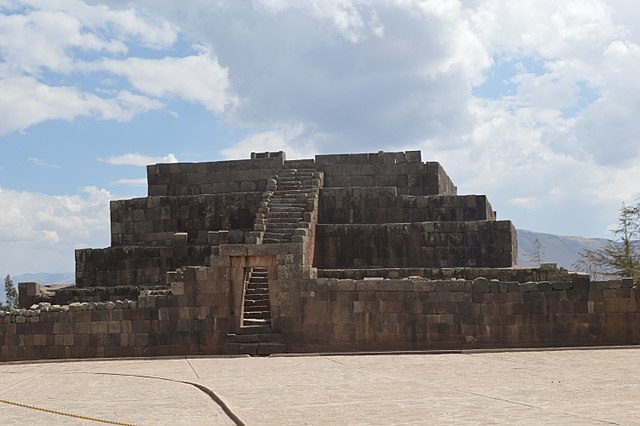
Theories About Vilcashuamán’s Origins and Uses
The exact purposes of Vilcashuamán’s structures provoke ongoing debate. Some argue it was first and foremost a religious site, given the prominence of its temples and altars. Others suggest its strategic location points to military significance. Further theories propose it functioned as a rest stop for travelers on the Inca Trail. As research continues, new discoveries constantly reshape our understanding of Vilcashuamán’s multifaceted roles.
Interpreting the site’s various structures, from the residential areas to the temples, informs us about societal norms. By considering the positioning of different spaces, scholars theorize about class structures and the division of labor. They look at Vilcashuamán not only as a physical space but also as a reflection of Inca governance and world order.
Cultural significance is seen through the lens of modern Andean communities as well. The site’s preservation becomes an act of reclaiming heritage for local populations. It’s a bridge connecting their ancient past to present-day traditions and customs. As such, Vilcashuamán stands as a poignant symbol of cultural resilience and continuity.
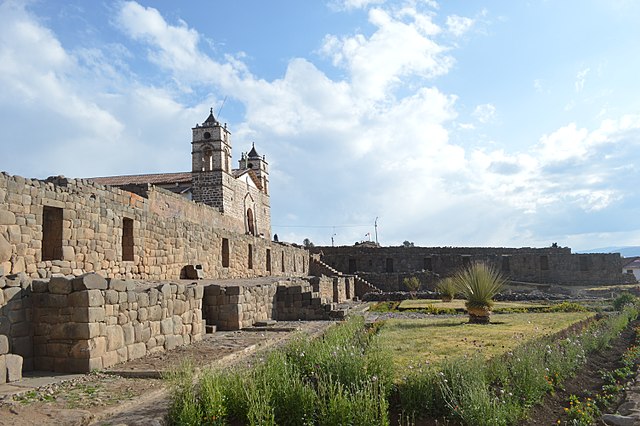
Conclusion and Sources
In conclusion, Vilcashuamán stands as a remarkable testament to the Inca Empire’s ingenuity and cultural depth. Its strategic urban planning, powerful political structures, and deep spiritual significance denote a legacy that extends beyond physical ruins. The careful study of this site through modern archaeological methods and interpretations provides valuable insights into the complex fabric of pre-Columbian South America. The continuous research and dialogue regarding Vilcashuamán reflect a broader historical narrative that resonates with contemporary society and contributes to our understanding of cultural evolution.

For further reading and to validate the information presented in this article, the following sources are recommended:
Or you can check any of these reputable archaeological and historical texts:
Bauer, B.S. (1996) ‘The Sacred Landscape of the Inca: The Cusco Ceque System’, Texas Press.
Betanzos, J. de (1996) ‘Narrative of the Incas’, University of Texas Press.
D’Altroy, T.N. (2002) ‘The Incas’, Blackwell Publishers.
Malpass, M.A. (1996) ‘Daily Life in the Inca Empire’, Greenwood Press.
Zuidema, R.T. (1982) ‘Myth and History in Ancient Peru’, in The Inca and Aztec States, New York: Academic Press, pp. 443-476.

